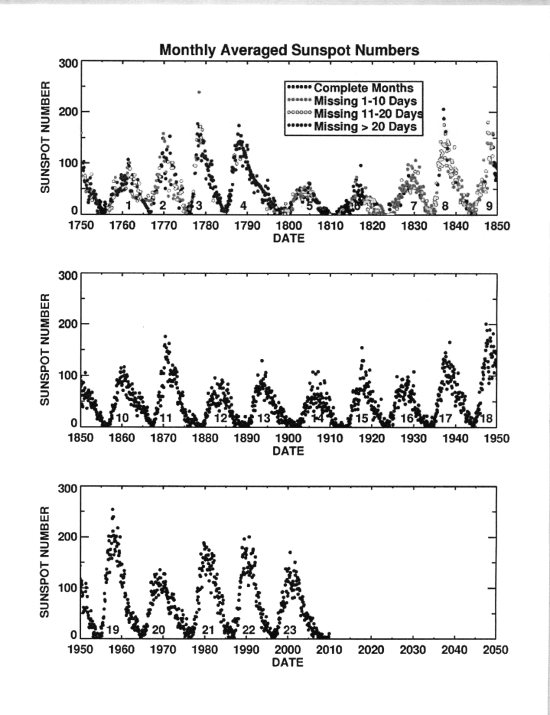The headline from this National Geographic story reads “Yellowstone Has Bulged as Magma Pocket Swells,” while the first sentence is designed to send chills up your spine:
Yellowstone National Park’s supervolcano just took a deep “breath,” causing miles of ground to rise dramatically, scientists report.
From here, the next few paragraphs go on to talk about the wild rise of the giant caldara under Yellowstone National Park in recent years, and how past eruptions there were were among the most powerful volcanic explosions ever to occur. Obviously, from this introduction, the thing is about to blow and we better run for cover!
This story is unfortunately typical for much of today’s modern media: find a story with a hint of disaster in it and play up that disaster as much as possible, regardless of the facts. For example, the opening of this article completely misreports the substance of the Yellowstone geology research. Back on December 4, I read the paper and headlined its results as follows: “Yellowstone caldara rise has slowed.” What the scientists had actually found was that after a period of significant growth beginning in 2004, the rise of Yellowstone’s giant volcanic caldara had slowed significantly since 2006, and since 2008 had actually subsided somewhat.
While the significant rise from 2004 to 2006 was then news, suggesting the worrisome possibility that an eruption was imminent, the story now, revealed by this scientific research, was how that rise has stopped, and why.
Now, if you spend the time to read the rest of the National Geographic article above, you will find that the reporter does dig a bit deeper, and notes these facts in better detail. The trouble is that a quick scan of the headline and opening paragraphs will instead leave you with an entirely incorrect impression of the facts.
That this kind of fear-mongering by modern reporters is not unusual, especially when it comes to climate research and extreme weather events, illustrates the vital importance of maintaining as skeptical an eye to what we read as possible. Don’t assume what you read is true. Read it as carefully as possible. Try to check its sources. And compare every article’s conclusions with other reports to see if you can get a feel for the truth, hidden behind the different reports.
And that, by the way, applies as much to what you read here at behindtheblack as anywhere else!

